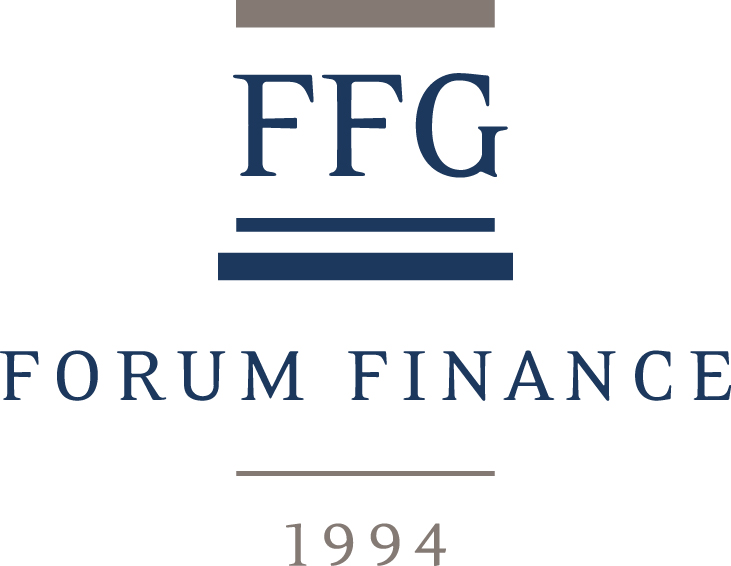Newsletter | November 2023
U.S. 10-year yield flirted with 5.0 percent, finishing at 4.93%, down from the high of 5.02%
– 6.8% THE PERFORMANCE OF RUSSELL 2000 INDEX
Investment perspective
All inflation metrics have slowed considerably since their peak, but all remain still above central bank targets. Despite this, developed central banks in major developed markets have reiterated their decision to pause monetary tightening cycle, which could mean that we have indeed reached the end of the cycle. Despite central banks pause, the US 10Y yields rose just over the 5% mark and has conditioned market behavior and returns. At 4.93% at the end of October, yields have not been this high since mid-2007. The 2Y/10Y spread finished the month at 16 bps after peaking at over 110 bps in July.
October was a terrible month for financial markets. It was an awful one for eq-uity markets, but also for bondholders across all sectors especially for those with long maturities. The Global Aggregate index hedged in U.S. dollar was down 0.7%, the Global Aggregate Corporate and Global High yield were down 1.0% and 0.9%, respectively, while EMD USD Aggregate dropped 1.5%. As in September, the worst performance was recorded on the US Long Treasury seg-ment with a decline of 4.9% after an 11.8% drop in the 3rd quarter.
The All-Country World index recorded a decline of 2.7% in local currency and more than 3% in U.S. dollar. In the US, the Equal Weight Index fell by 4.1%, while the main index was down 2.1%. In addition to the sharp decline in small-cap indices (-6.3%), we also note the significant and consequential fall in value-style indices (-3.5%) compared to growth indices such as the Nasdaq 100 (-2.1%). European indices started the 4th quarter on the back foot as well, slipping 3.6% in October. Mid- and Small caps materially underperformed large caps with declines of 4.8% and 5.9%, respectively. In U.S. dollar, emerging markets declined by 3.9%, China A by 3.0% and Frontier markets by 5.8%.
The U.S. dollar index (DXY) strengthened marginally (+0.5%) while the Japanese yen continues to plummet to new lows against the U.S. dollar. As is often the case in these risk-off phases linked to geopolitical tensions, the price of gold benefited greatly, rising by 7.3%. More surprising was the 10.8% fall in the price of the West Texas crude oil.
Investment strategy
At the beginning of the year, the consensus view was that a recession was inevitable, due to the rise of oil prices and, above all, due to a restrictive monetary policy that saw key interest rates raised at an unprecedented speed and level.
Some nine months later, the latest release of the real GDP growth for the US economy in the third quarter was surprisingly strong, with an annualized growth of 4.9% q/q. The situation is quite different in Europe, where the latest publication confirmed an anaemic growth that is flirting with the levels generally associated with a contraction phase.
After a spike in inflationary pressures in the wake of rising oil prices, the figures published in October showed a decline, which should reassure central banks. As a result, we do not expect any further rate hikes and believe that we have reached the peak of the cycle.
In the US, the long-term interest rates have risen on the back of continued economic strength, particularly in the labour market, which has further postponed a rate cut and the growing need for issuance to finance the budget deficit.
As bond yields have risen in recent month, the asset class should come back in favor with investors. What’s more, reduced uncertainty over the path of key interest rates and falling inflation rates should support both sovereign and investment-grade bonds, which are generally more interest-rate-sensitive than high-yield bonds.
2Y/10Y SPREAD FINISHED THE MONTH AT 16BPS AFTER PEAKING AT OVER 110BPS IN JULY
Portfolio Activity/ News
Market developments in October will undoubtedly have tested investors’ nerves, but also important technical supports. The next few weeks will be decisive, as we could either see an acceleration of the downtrend or a major rebound to correct the oversold situation observed on many markets. In the event of a rebound, this could be violent, as such a reversal in the trend for interest rates and/or equity indices would force trend strategies to close their short position in both interest rates and equity markets.
We are maintaining our favorable view on equities, an over-weight stance that we have gradually increased in October, and are continuing to rebalance our bond holdings towards a better balance between interest rate and credit risk.
Within fixed income, we are maintaining our exposure to emerging market high-yield corporate debt, where we believe the carry is sufficient to mitigate country and specific risk of the market segment. In emerging market equities, and more specifically China, we have replaced our greater China exposure with domestic Chinese A shares.
Within our liquid alternatives allocation, we have taken some profits on our trend strategies and now remain neutral on that group of strategies. The proceeds were reinvested in our dedicated risk parity strategy bucket, a strategy that aims to provide an effective and efficient access to a broad set of asset classes including commodities such as gold.
Download the Newsletter
